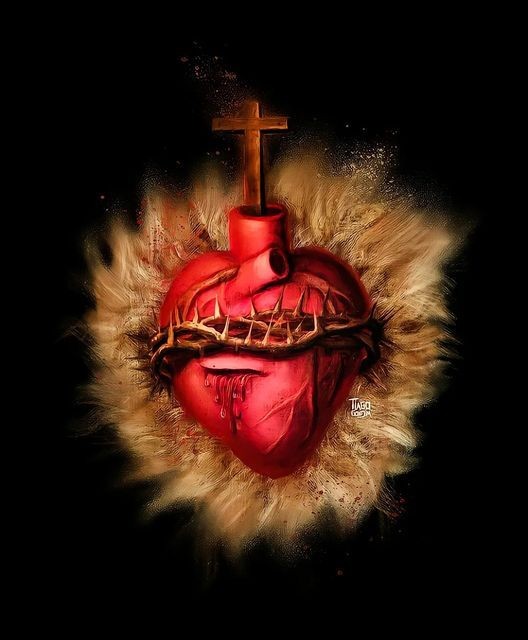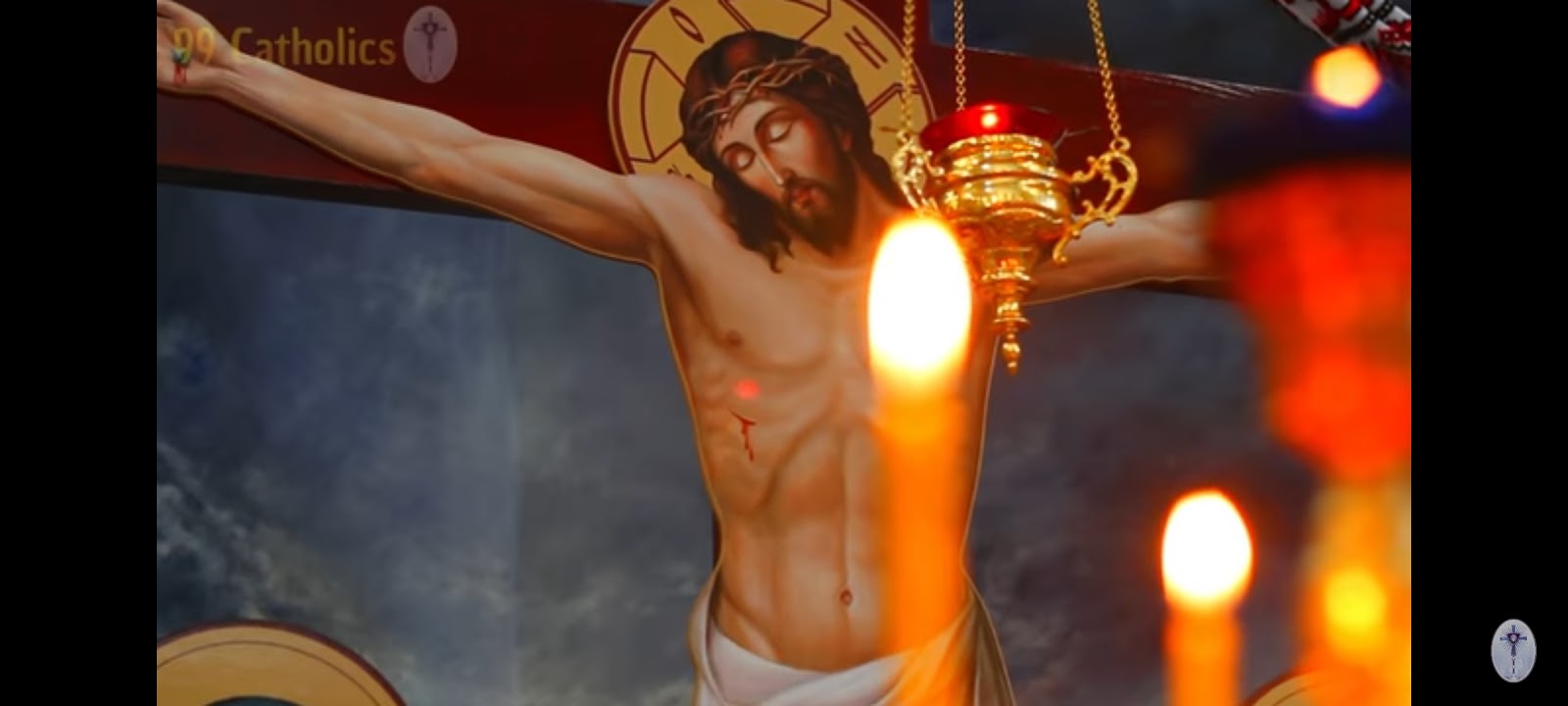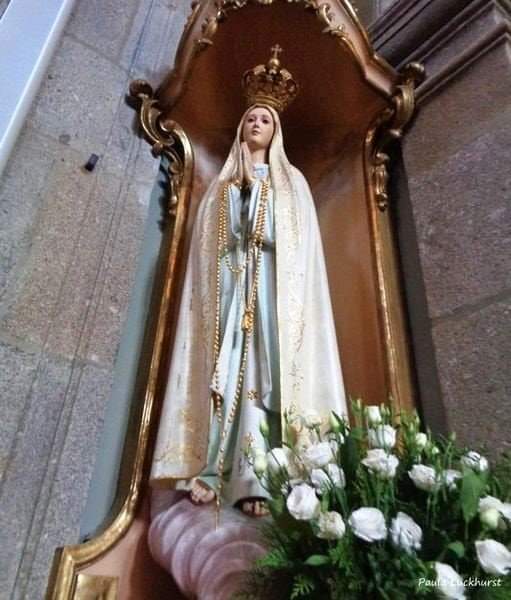Posted on November 25, 2020 Our Morning Offering – 25 November – The Solemnity of Our Lord Jesus Christ, King of the Universe A Prayer to Christ the King O Jesus Christ,I acknowledge You as universal King. All that has been made,has been created for You. Exercise all Your rights over me.I renew my Baptismal Vows.I renounce Satan, his pomps and his works,I promise to live as a good Christian. And, in particular do I pledge myself to labour,to the best of my ability,for the triumph of the rights of Godand of Your Church. Divine Heart of Jesus,to You do I offer my poor services,labouring that all heartsmay acknowledge Your sacred kingship and that thus, the reign of Your peace,be established throughout the whole universe. Amen Alleluia Our Almighty Lord Jesus Christ The Lord of Lords King of Kings God's of God's King of the Universe O Jesus, king of glory, Both David’s Lord and Son! Thy realm endures forever, In Heav’n is fixed Thy throne. Help that in earth’s dominions, Throu...




Comments
Post a Comment